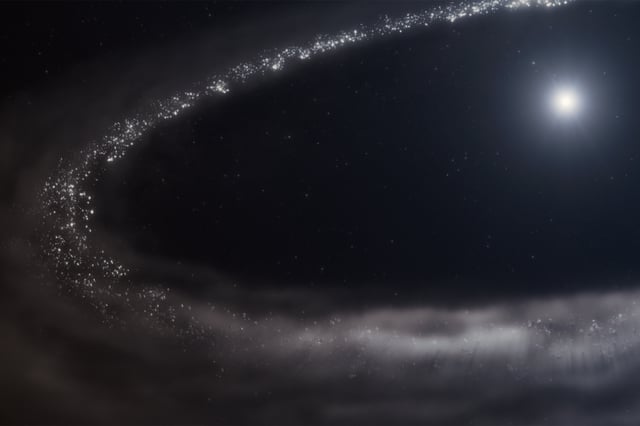Overview
- The James Webb Space Telescope has made the first unambiguous detection of water ice beyond our solar system, identifying crystalline ice in HD 181327's debris disk.
- Crystalline water ice, mixed with fine dust particles forming 'dirty snowballs,' was found distributed unevenly across the disk, with the highest concentrations in its cold outer regions.
- The detection confirms long-standing predictions and builds on earlier hints from NASA's Spitzer Space Telescope in 2008, made possible by Webb's advanced NIRSpec instrument.
- Researchers attribute the icy dust grains to ongoing collisions among icy bodies in the disk, a process similar to dynamics in our solar system's Kuiper Belt.
- The presence of water ice supports theories of icy material playing a key role in planet formation and the potential delivery of volatiles to emerging terrestrial planets.
